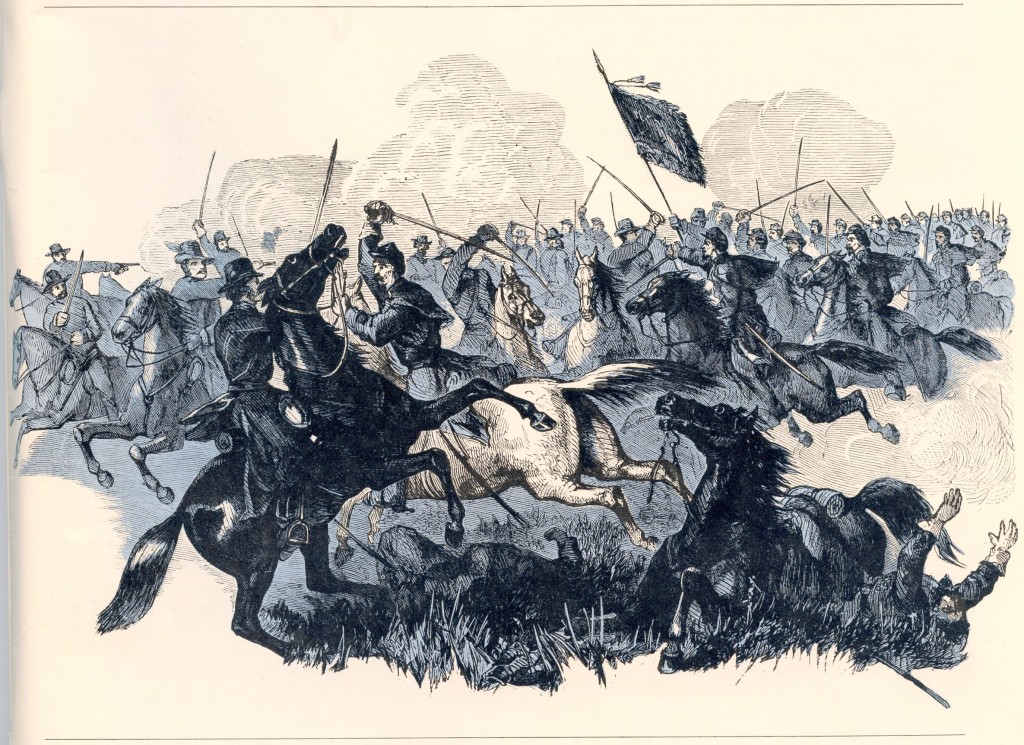A Community for Curious Minds who love History, its Odd Stories, and Good Reads
A Community for Curious Minds who love History, its Odd Stories, and Good Reads
By Holly Tucker
 It was mid-summer 1863 and both the North and South felt that as far as the Civil War was concerned, things were coming to a climax. The Yankee army was moving north to meet the invasion of the Confederates under General Robert E. Lee. In Vicksburg, Mississippi, people had been living in caves for six weeks, since the Yankees had the town under siege. In the North there were draft riots. Something had to happen.
It was mid-summer 1863 and both the North and South felt that as far as the Civil War was concerned, things were coming to a climax. The Yankee army was moving north to meet the invasion of the Confederates under General Robert E. Lee. In Vicksburg, Mississippi, people had been living in caves for six weeks, since the Yankees had the town under siege. In the North there were draft riots. Something had to happen.